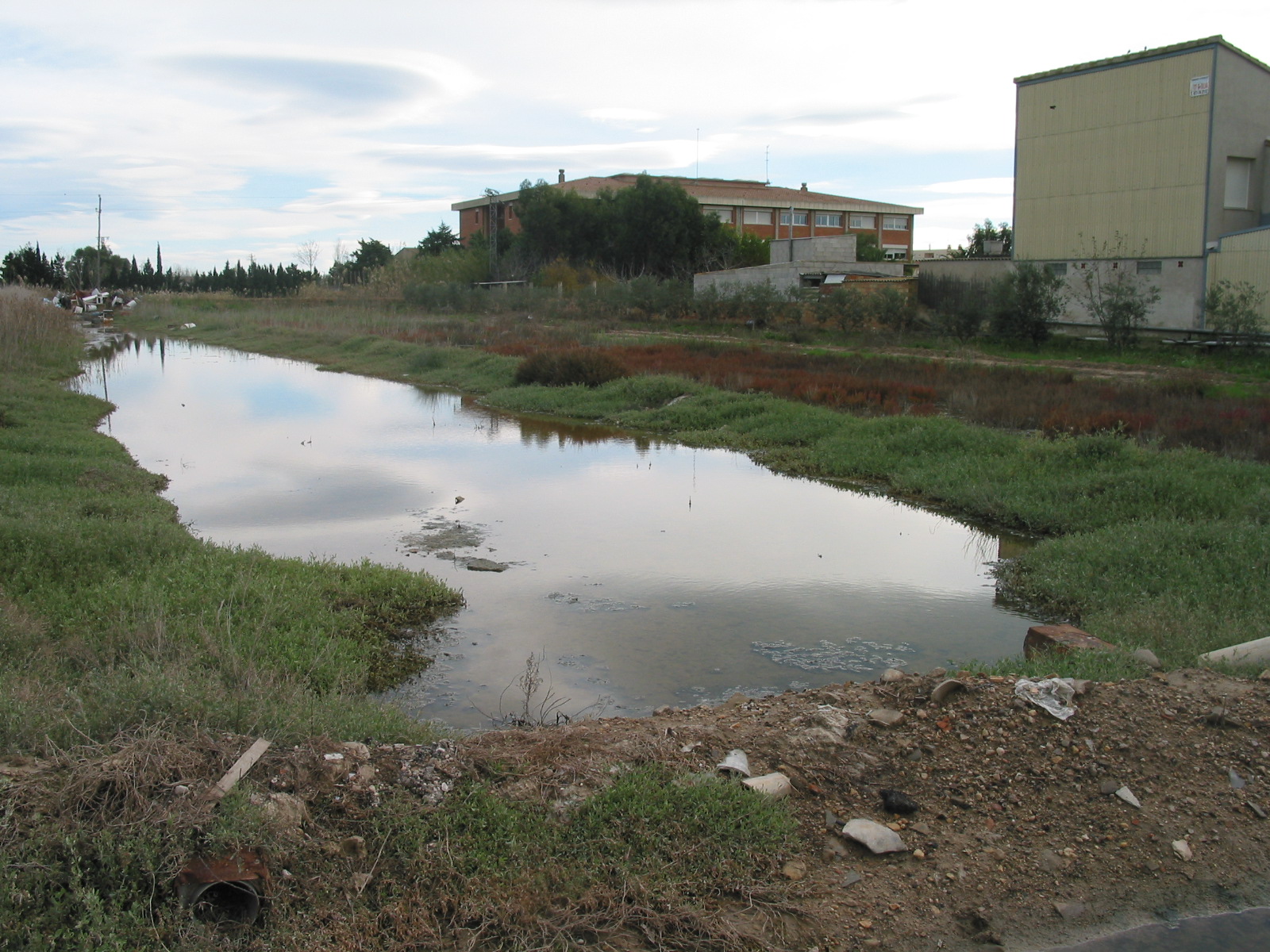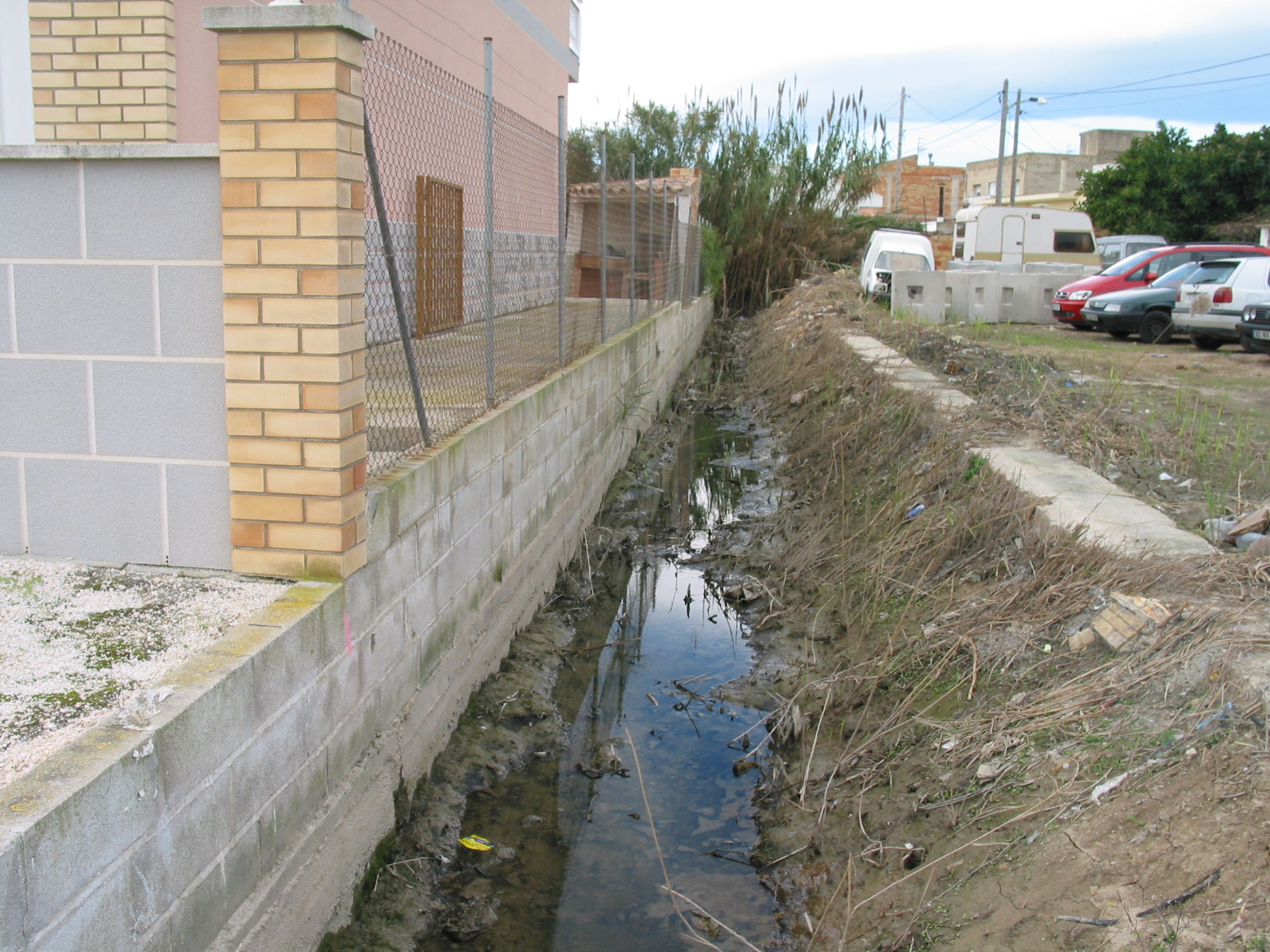Due to the concentration over the years of the population in the delta, either in the different towns or urbanizations, in these places there is an accumulation of different species of mosquitoes, which although many of them have not developed in the urban nucleus, yes that they are going to look for the necessary blood for their embryonic development.
However, the presence of important urban and urbanized nuclei in the deltaic zone entails a series of larval foci that generate mosquitoes, mainly of G. Culex. The development of these nuclei with a rural origin, as well as the physical characteristics of the substrate in which they have developed, entail a series of places where water accumulates, either due to natural or anthropic causes, with a strong load of organic matter. , and it becomes the ideal place for the development of Culex pipiens larvae.
Thus, septic tanks, abandoned showers, drainage ditches, sinks, abandoned lots with containers that are filled with rainwater, etc., are marked on thematic plans and followed by a database. From here some work plans are drawn up, which the operators will follow while inspecting and treating them once a week.


This problem is accentuated in the properly deltaic nuclei such as: San Jaime and Deltebre, being less in the nuclei settled mainly on the continental terrace: Amposta, San Carlos de la Rápita, Camarles, L'Ampolla and El Perelló.
The improvement of the infrastructures of these nuclei, as well as the citizen awareness tasks that the CODE develops, mean that this problem can be considered as sufficiently addressed, with results that we can qualify as good.
This work is complemented with education and information, through brochures, talks, school work, audiovisual media, etc., in order to reduce this problem thanks to citizen awareness.



